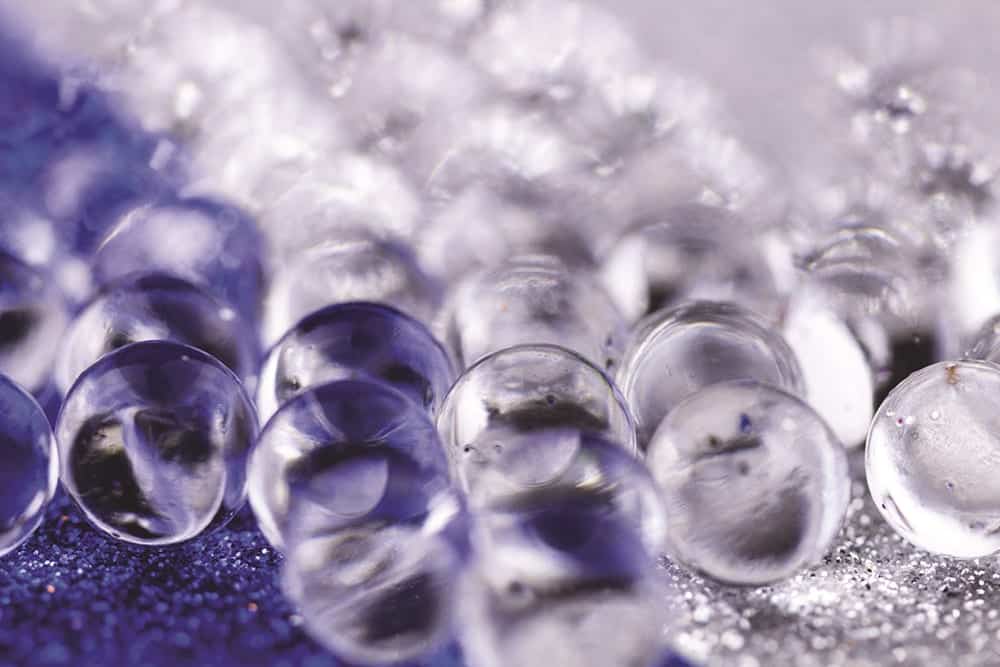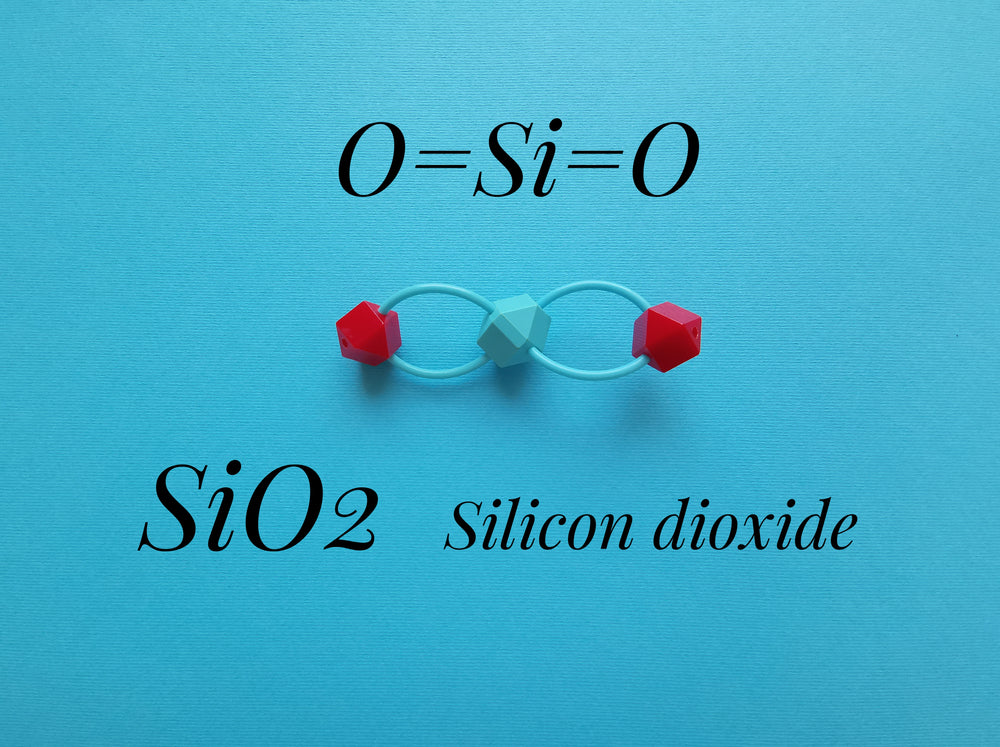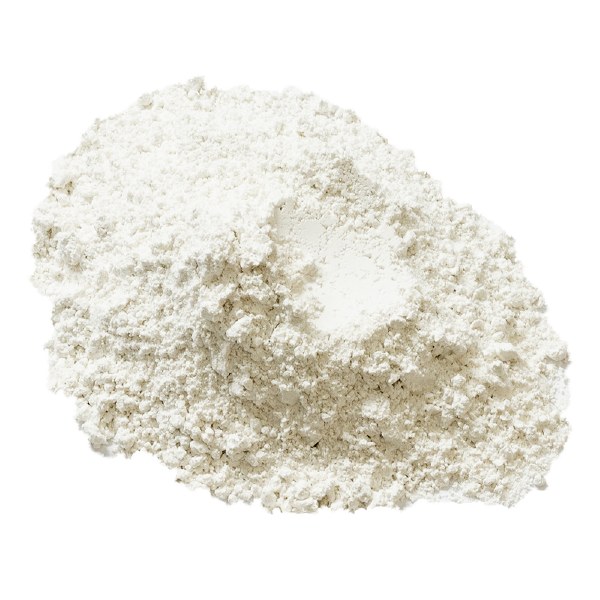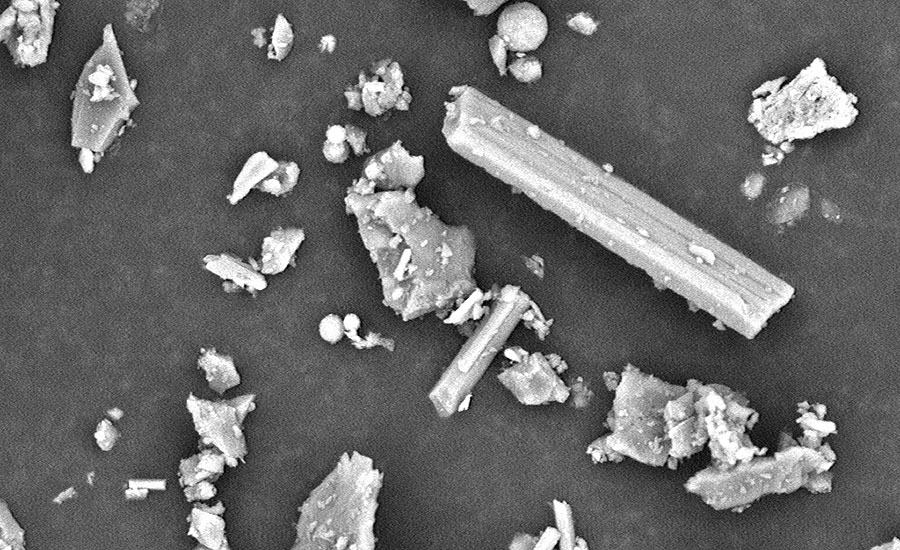
Scarring Exposures: Engineering controls capture silica dust particles, 2019-10-01
Crystalline silica is one of the most common minerals found worldwide in the earth’s crust. It is frequently used in many industrial processes such as mining, quarrying and stone-cutting. Breathing air contaminated with crystalline silica particles can cause serious respiratory and lung diseases. When workers cut, grind or drill materials that contain crystalline silica, they are exposed to small airborne silica dust particles. These processes create a freshly fractured silica dust with sharp edges that create a serious problem. Silica dust particles from .01 to . . .
Crystalline silica is one of the most common minerals found worldwide in the earth’s crust. It is frequently used in many industrial processes such as mining, quarrying and stone-cutting. Breathing air contaminated with crystalline silica particles can cause serious respiratory and lung diseases.

Common Silica Dust Sources and Information

A Guide to Developing a Silica Dust Control Plan

Engineering Controls for Respirable Crystalline Silica Hazards

US10485882B2 - Nanoparticle compositions for sustained therapy

KR101523255B1 - Production of oil in microorganisms - Google Patents

US8158124B2 - Compositions and methods for binding lysophosphatidic acid - Google Patents

Silica Dust Dangers and Safety Measures - Safety Talk Ideas
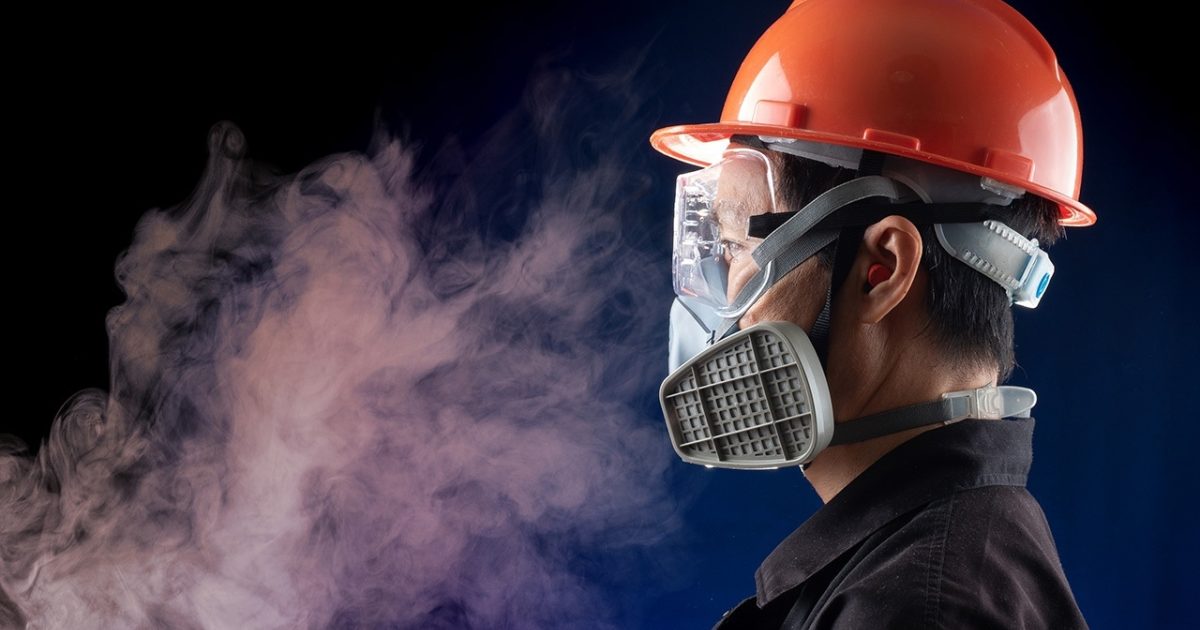
New guidance material on minimising the risk of exposure to silica dust
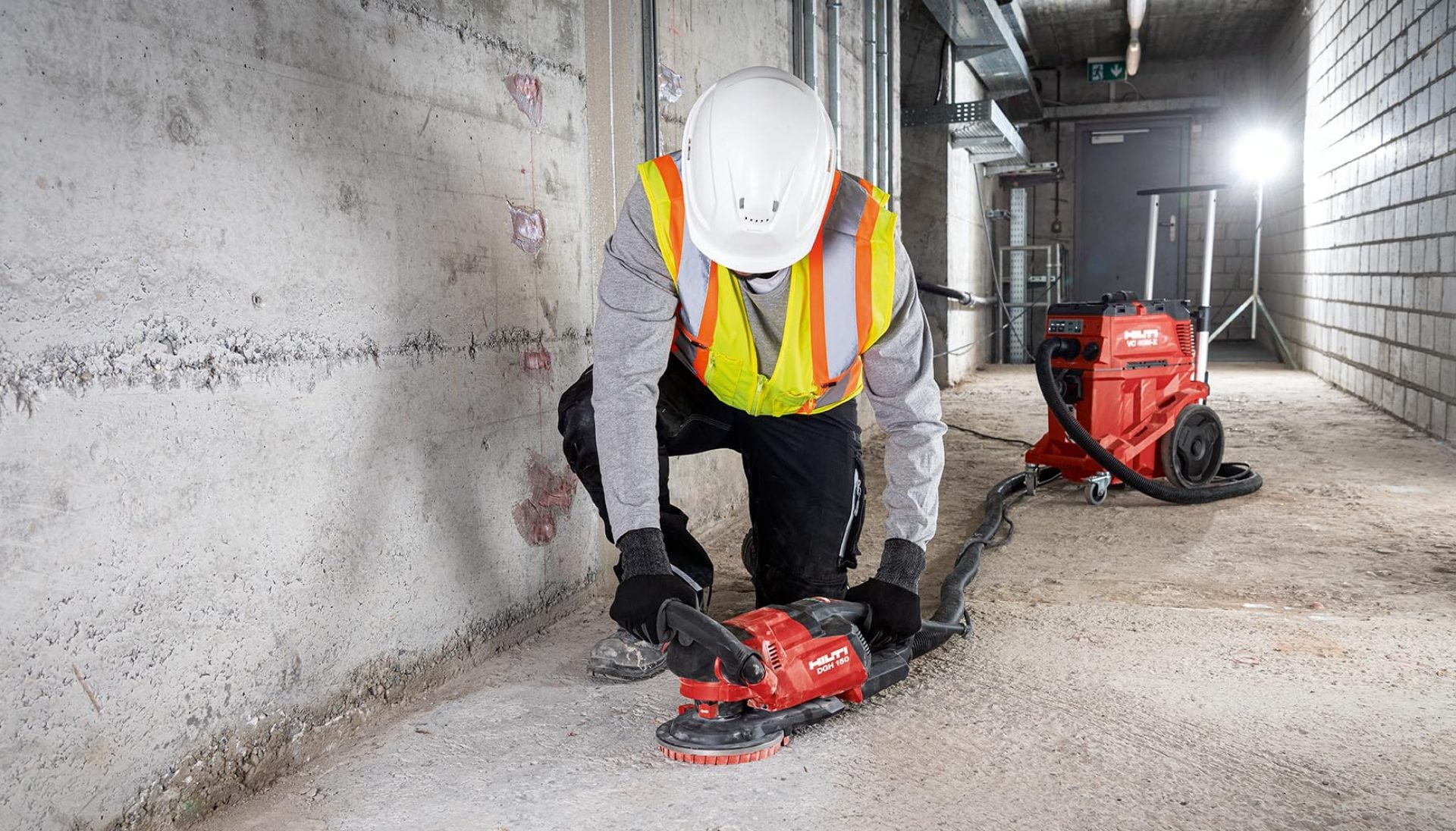
OSHA Silica Dust Standards - Hilti USA


